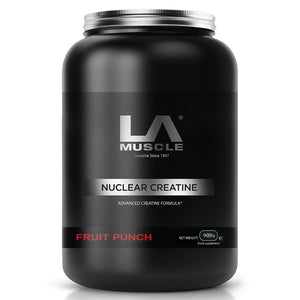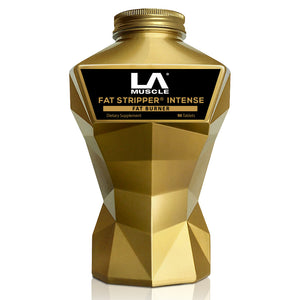In the world of functional fitness and athletic performance, one method of training is gaining increased attention for its ability to build true, real-world strength: rotational training. It’s not just for athletes—everyone from weekend warriors to office workers can benefit from integrating rotation-based exercises into their weekly routine.
In this article, we’ll break down what rotational training is, how to do it effectively, the physiological and practical benefits, and what kind of timeline to expect for results.
What Is Rotational Training?
Rotational training refers to exercises that involve movement around the body’s vertical axis—essentially, twisting or turning motions. Unlike traditional training (which often happens in straight lines, like pushing, pulling, squatting, or pressing), rotational training engages the transverse plane—one of the three planes of movement your body naturally uses.
Rotational movements mimic real-life motions: turning to grab something, throwing a ball, swinging a bat or golf club, or rotating your torso during a punch or run. Training this way develops strength, mobility, and coordination in patterns your body uses every day.
Why It Matters: The Benefits of Rotational Training
Here’s why rotational training deserves a place in your fitness routine:
1. Improved Core Strength and Stability
Rotational training activates the obliques, transverse abdominis, and deep stabilising muscles of the spine. This enhances your ability to stabilise the trunk, protecting the lower back and improving posture.
2. Better Athletic Performance
Most sports involve twisting, pivoting, or rotating. Training these movements builds power and control for faster throws, harder punches, quicker direction changes, and more explosive performance.
3. Injury Prevention
Neglecting rotational strength creates imbalances that can lead to injury—especially in the back, hips, or knees. By training rotation, you strengthen connective tissues and improve movement mechanics, reducing risk.
4. Enhanced Mobility and Flexibility
Twisting exercises stretch the spine, hips, and shoulders. Done regularly, rotational training increases range of motion and keeps joints healthy.
5. Functional Strength for Daily Life
Even non-athletes rotate constantly—reaching, bending, twisting. Strengthening these motions makes everyday tasks feel easier and safer.
How to Do Rotational Training
Rotational training can be done with bodyweight, resistance bands, cables, medicine balls, kettlebells, or barbells. The key is intentional movement around the spine or hips, while maintaining control.
Top Rotational Exercises:
-
Russian Twists (Weighted or Bodyweight)
Targets: Obliques, transverse abdominis -
Cable Woodchops / Reverse Woodchops
Targets: Entire core and shoulder complex -
Medicine Ball Rotational Slams
Targets: Core, lats, shoulders, glutes -
Landmine Rotations / Landmine Twists
Targets: Core, hips, shoulders -
Standing Rotational Band Pulls
Targets: Core stabilisers, rotational strength -
Rotational Lunges (with Twist or Band)
Targets: Legs, glutes, core, balance
Tips for Effective Training:
-
Start slow and controlled to build proper mechanics
-
Focus on quality of movement, not just load
-
Avoid forcing rotation from the spine—initiate from the hips and core
-
Use resistance gradually, starting with bodyweight or light bands
-
Integrate into warm-ups, supersets, or dedicated core days
Timescales: When Will You See Results?
Results vary based on frequency, intensity, and your current fitness level. Here's a general guide:
-
Within 2–3 Weeks:
Improved mobility, better core activation, and enhanced mind-muscle connection. -
4–6 Weeks:
Noticeable improvements in core definition, strength, and rotational control in daily movement or sport. -
8–12 Weeks:
Enhanced performance metrics (power, speed, agility), reduced aches from imbalances, and improved posture.
How Often Should You Train Rotation?
2–3 times per week is ideal for most people. You can:
-
Add 1–2 rotational movements at the end of full-body workouts
-
Dedicate 1 session weekly to core and mobility (including rotation)
-
Use rotational warm-up drills daily for improved movement quality
Rotational training bridges the gap between gym strength and real-world movement. It creates a more athletic, injury-resistant, and functionally powerful body. Whether you’re a competitive athlete or just want to feel and move better, adding rotational exercises to your programme can unlock a new level of performance.
Start simple, move intentionally, and train the twist—your spine and core will thank you.



























